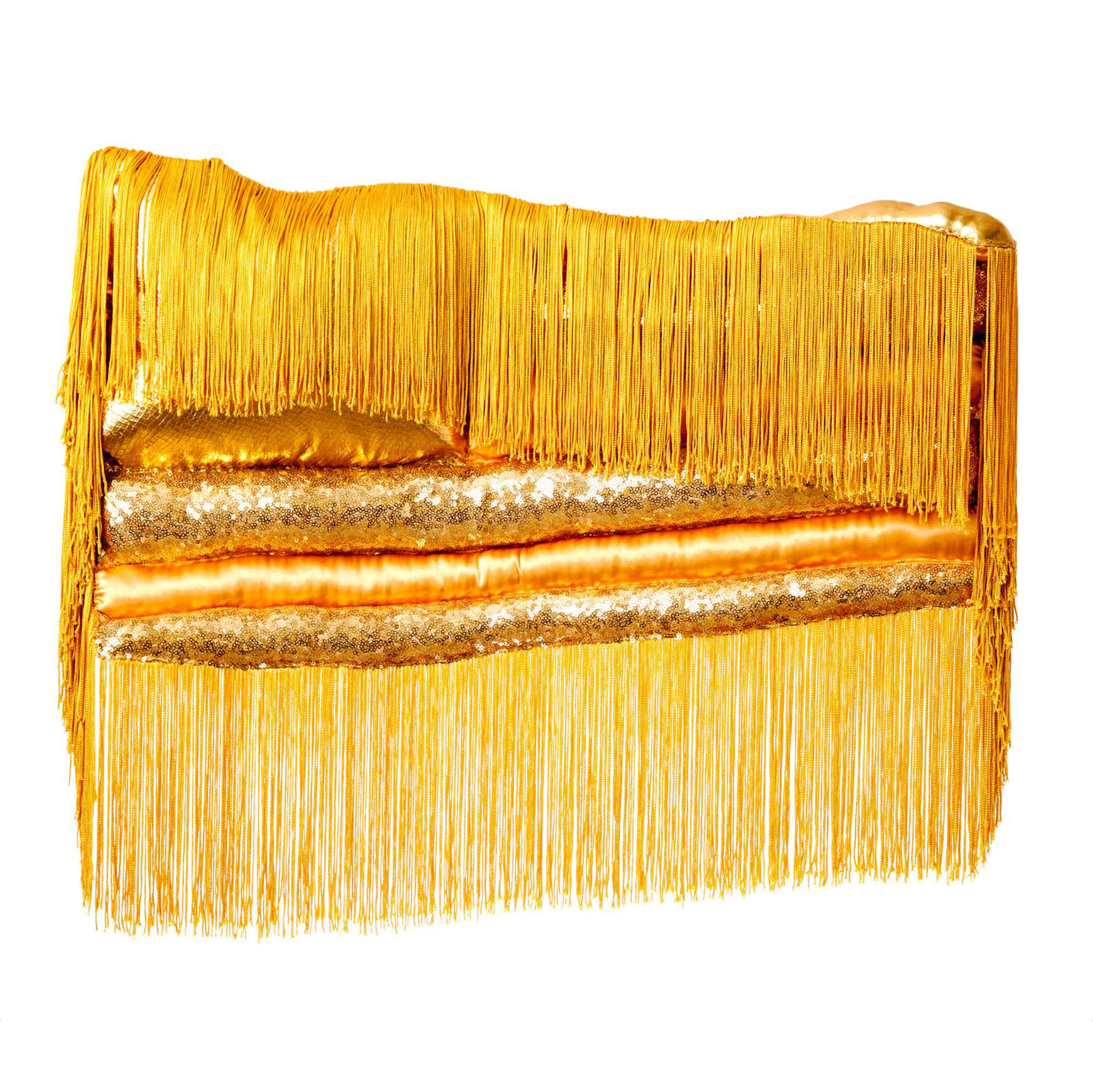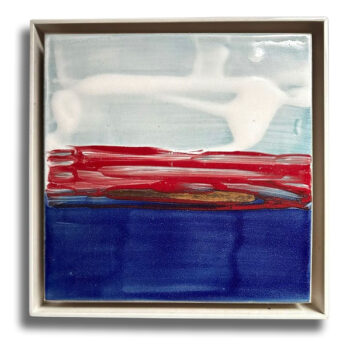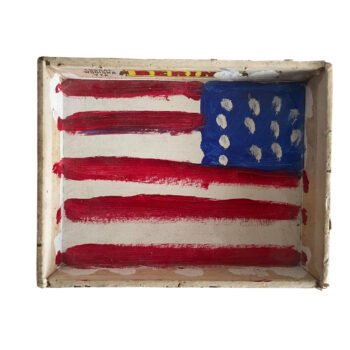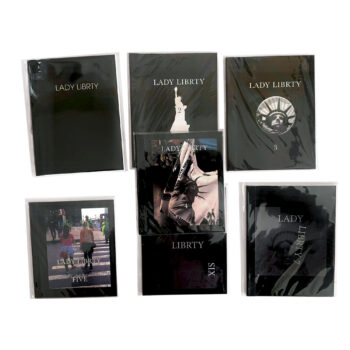Description
Natalie Baxter
People will think you’re making a trump flag VIII, 2020
Fabric polyester fill thread
21 x 38 x 3
Artist Website: www.nataliebaxter.com
Artist Bio:
Natalie Baxter (b. 1985, Lexington, KY) received her MFA from the University of Kentucky in 2012 and a BA in Fine Art from the University of the South in Sewanee, TN in 2007. Her work has been exhibited in galleries, museums, universities, and fairs internationally with recent shows at Denny Dimin Gallery in both New York and Hong Kong, The New York Historical Society, The Torrance Art Museum, and Supermarket Art Fair in Stockholm. She has been an artist in residency at the Wassaic Project, Stove Works, a fellowship recipient at the Vermont Studio Center, IASPIS grant recipient at Konstepidemin in Gothenburg, Sweden, New York State Council for the Arts grant recipient, and twice awarded the Queens Art Fund Grant. Press for Baxter’s work includes, The New York Times, The New Yorker, Hyperallergic, The Guardian, and Bomb Magazine.
Artist Statement:
Drawing on knowledge and skills passed down through generations of family quilters, I create approachable work that playfully pushes controversial issues that have become social and political points of division. Working with a variety of mixed media and found objects, but predominantly with fabric, my work consists of sculptures and quilted wall hangings. A collection of stuffed caricatures of assault weapons rendered in flamboyant fabrics, bloated versions of the American flag, and online comments aimed at my gender, sexuality and mental health appliqued onto protest banners are some examples of my work that mirrors our political climate. Large oversized housecoats made from found quilts and airbrushed t-shirts, cheeky state fair show ribbons, and quilts made from discarded domestic textiles are more recent works exploring gender and labor. Conceptually, my work is narrative, pulling inspiration from my lived experience as well as broader observations from society and culture. I reference craft without making it the focal point of the work, using its nostalgic powers, combined with humor, to subvert recognizable objects of americana into something familiar in shape alone.





